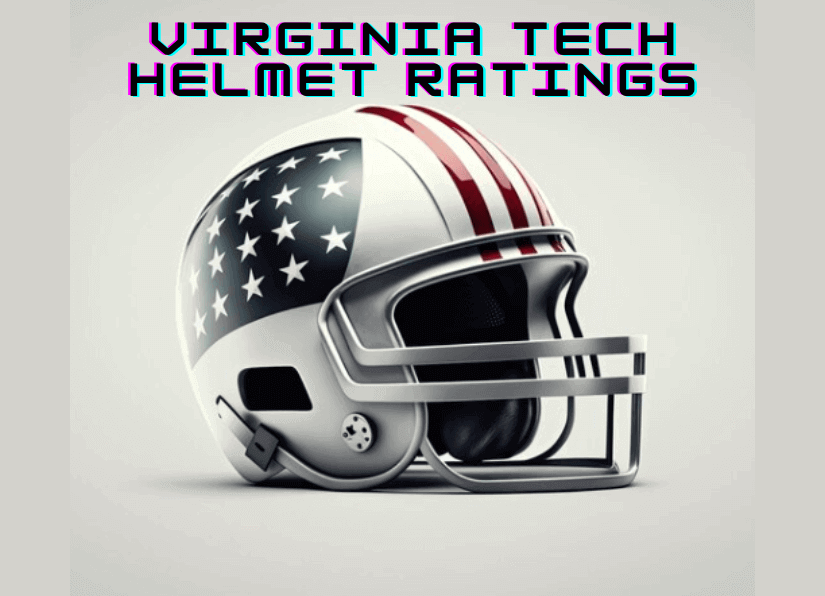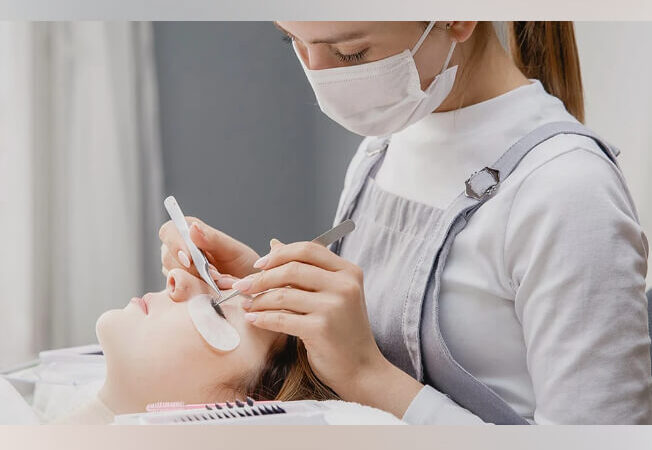
Virginia Tech Helmet Ratings: What Every Athlete Must Know!
In today’s fast-paced world of sports, safety should always be a top priority. Whether you’re a professional athlete or a weekend warrior, ensuring your safety while engaging in physical activities is paramount. One crucial aspect of safety in sports is the quality of protective gear, particularly helmets. This article delves into the world of helmet safety and ratings, with a specific focus on “Virginia Tech Helmet Ratings.”
Table of Contents
- Introduction
- Understanding Helmet Safety Ratings
- H1: What Are Helmet Safety Ratings?
- H2: Importance of Helmet Safety
- Virginia Tech Helmet Ratings Explained
- H3: The Role of Virginia Tech in Helmet Safety
- H3: How Are Virginia Tech Ratings Determined?
- The Impact of Helmet Design
- H3: Design Elements Considered in Ratings
- H3: Innovation in Helmet Technology
- Choosing the Right Helmet
- H3: Helmet Fit and Sizing
- H3: Factors to Consider When Purchasing
- Safety Beyond Sports: Helmets in Everyday Life
- H2: Helmets for Non-Sporting Activities
- H3: Helmets in Motorcycling
- H3: Helmets in Bicycling
- Common Myths About Helmets
- H2: Debunking Helmet Myths
- H3: “One Size Fits All” Myth
- H3: “Helmets Are Uncomfortable” Myth
- The Future of Helmet Safety
- H2: Advancements in Helmet Technology
- H3: Smart Helmets
- Conclusion
- Frequently Asked Questions (FAQs)
- H4: What Makes Virginia Tech Helmet Ratings Unique?
- H4: Can Wearing the Wrong Helmet be Dangerous?
- H4: Are Expensive Helmets Always Safer?
- H4: How Often Should I Replace My Helmet?
- H4: Are There Any Sports Where Helmets Aren’t Necessary?
Introduction
Safety should never be compromised, especially when it comes to sports and physical activities. One of the key components of safety in these endeavors is the helmet. Helmets are designed to protect your head from injuries, and their effectiveness can be determined by safety ratings. In this article, we’ll explore Virginia Tech Helmet Ratings, a reputable system for evaluating the safety of helmets across various sports and activities.
Understanding Helmet Safety Ratings
What are helmet safety ratings?
Helmet safety ratings are a means to assess the protective qualities of a helmet. They help users make informed decisions about which helmet is suitable for their needs. These ratings take into account a range of factors, including impact protection, design, and comfort.
Importance of Helmet Safety
Helmet safety is critical in preventing head injuries, concussions, and more severe trauma. Understanding these safety ratings can mean the difference between a minor injury and a life-altering accident.
Virginia Tech Helmet Ratings Explained
The Role of Virginia Tech in Helmet Safety
Virginia Tech has been at the forefront of helmet safety research for years. Their dedicated team conducts extensive testing to provide objective and reliable data on helmet performance.
How Are Virginia Tech Ratings Determined?
Virginia Tech uses a comprehensive testing protocol that simulates real-world impacts. They evaluate helmets used in sports such as football, hockey, and cycling. The resulting ratings offer valuable insights into the helmets’ ability to protect against head injuries.
The Impact of Helmet Design
Design Elements Considered in Ratings
Virginia Tech Helmet Ratings consider various design elements, including helmet shape, padding, and shell material. These factors collectively contribute to a helmet’s ability to absorb and dissipate impact forces.
Innovation in Helmet Technology
Advancements in materials and technology have led to the development of helmets that are both safer and more comfortable than ever before. Virginia Tech’s research has played a pivotal role in driving these innovations.
Choosing the Right Helmet
Helmet Fit and Sizing
A well-fitting helmet is crucial for effective protection. Virginia Tech emphasises the importance of selecting a helmet that fits snugly and comfortably.
Factors to Consider When Purchasing
When shopping for a helmet, consider your specific needs and activities. Different sports and recreational activities may require helmets with varying levels of protection and design features.
Safety Beyond Sports: Helmets in Everyday Life
Helmets for Non-Sporting Activities
These are not limited to sports; they play a significant role in everyday safety as well.
Helmets in Motorcycling
Motorcycle helmets, for example, are essential for protecting riders from head injuries during accidents.
Helmets in Bicycling
Cyclists also benefit from helmets, reducing the risk of head injuries in falls or collisions.
Common Myths About Helmets
Debunking Helmet Myths
There are several misconceptions about helmets that need to be debunked for informed decision-making.
“One Size Fits All” Myth
Helmets come in various sizes for a reason. A one-size-fits-all approach can compromise safety.
“Helmets Are Uncomfortable” Myth
Modern helmets are designed with comfort in mind, and discomfort should not be a reason to avoid wearing one.
The Future of Helmet Safety
Advancements in Helmet Technology
As technology continues to evolve, helmets are becoming smarter and more effective at protecting the wearer.
Smart Helmets
Smart helmets with integrated technology are on the horizon, promising enhanced safety features.
Conclusion
In the ever-evolving world of sports and safety, Virginia Tech Helmet Ratings have emerged as a trusted source of information for consumers. Choosing the right helmet can make a significant difference in your safety and well-being, whether you’re on the field, the road, or simply enjoying outdoor activities.
Frequently Asked Questions (FAQs)
What Makes Virginia Tech Helmet Ratings Unique?
Virginia Tech Helmet Ratings are unique because they are based on comprehensive, real-world testing that evaluates helmets across a range of sports and activities.
Can Wearing the Wrong Helmet be Dangerous?
Yes, wearing the wrong helmet can be dangerous as it may not provide adequate protection in the event of an impact.
Are expensive helmets always safer?
Not necessarily. While price can be an indicator of quality, it’s essential to consider the specific safety ratings and features of a helmet rather than relying solely on its cost.
How Often Should I Replace My Helmet?
Helmets should be replaced after any significant impact or if they show signs of wear and tear. Adhering to the manufacturer’s instructions for replacement is of utmost importance.
Are there any sports where helmets aren’t necessary?
Helmets are essential in most sports and recreational activities to reduce the risk of head injuries. However, some sports, such as chess or table tennis, do not require helmets due to their low risk of head trauma.
Don’t compromise your safety; choose your helmet wisely and stay protected.


